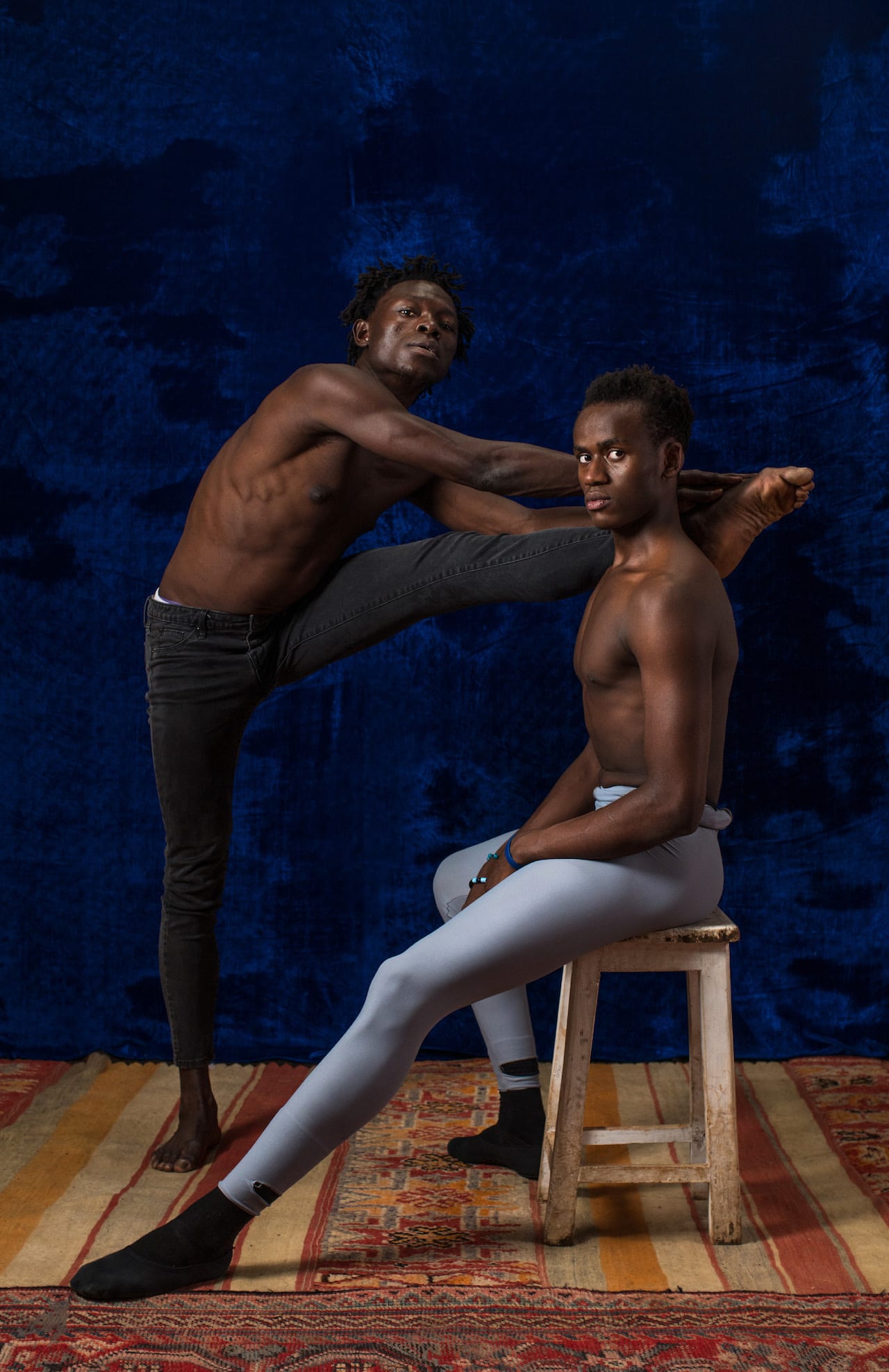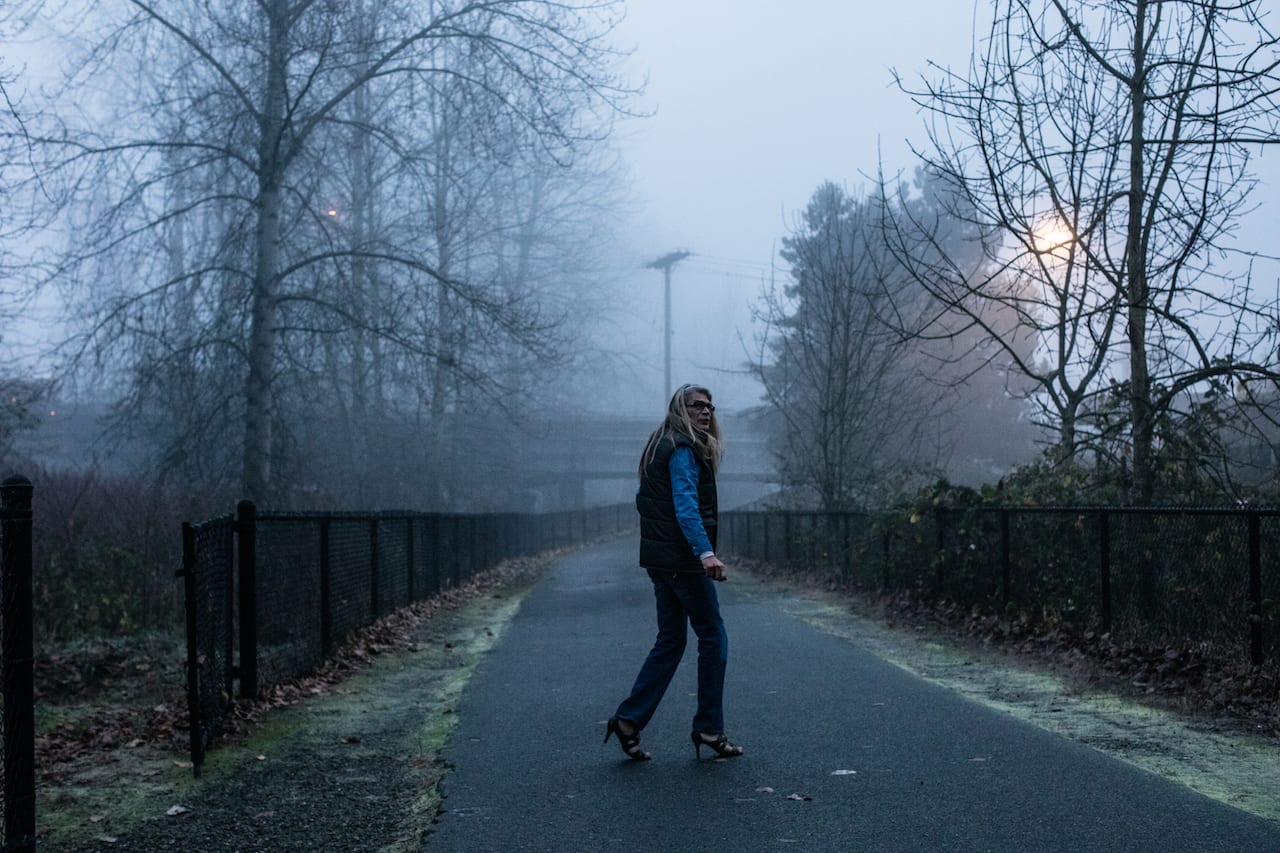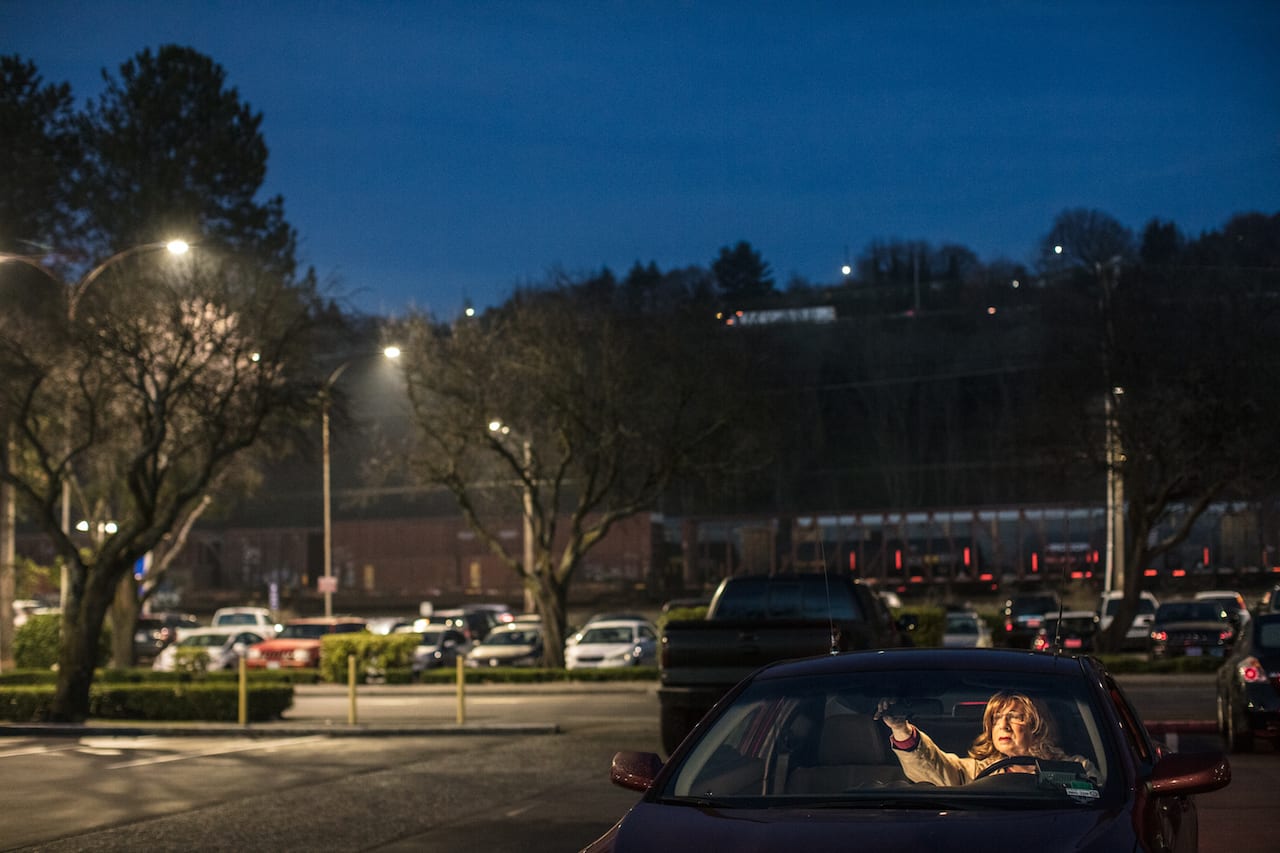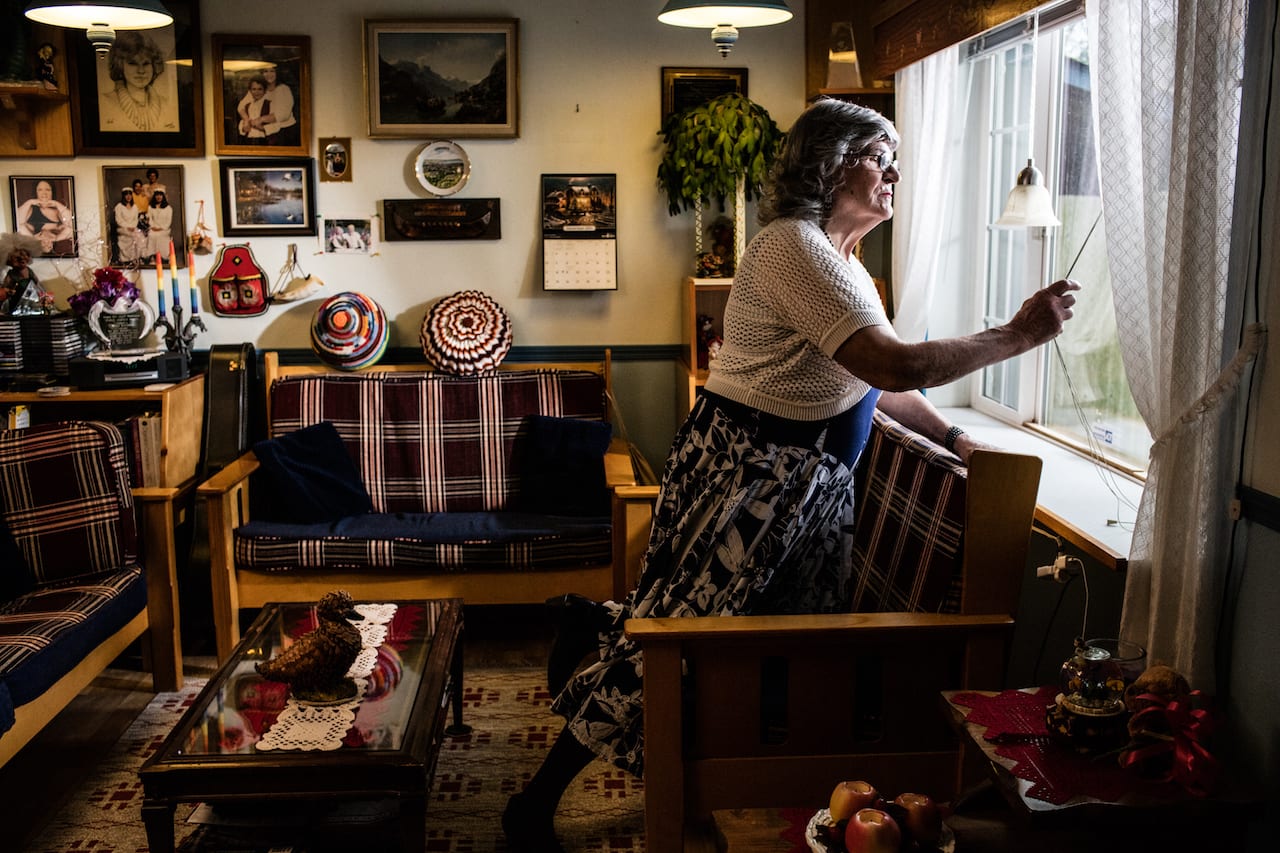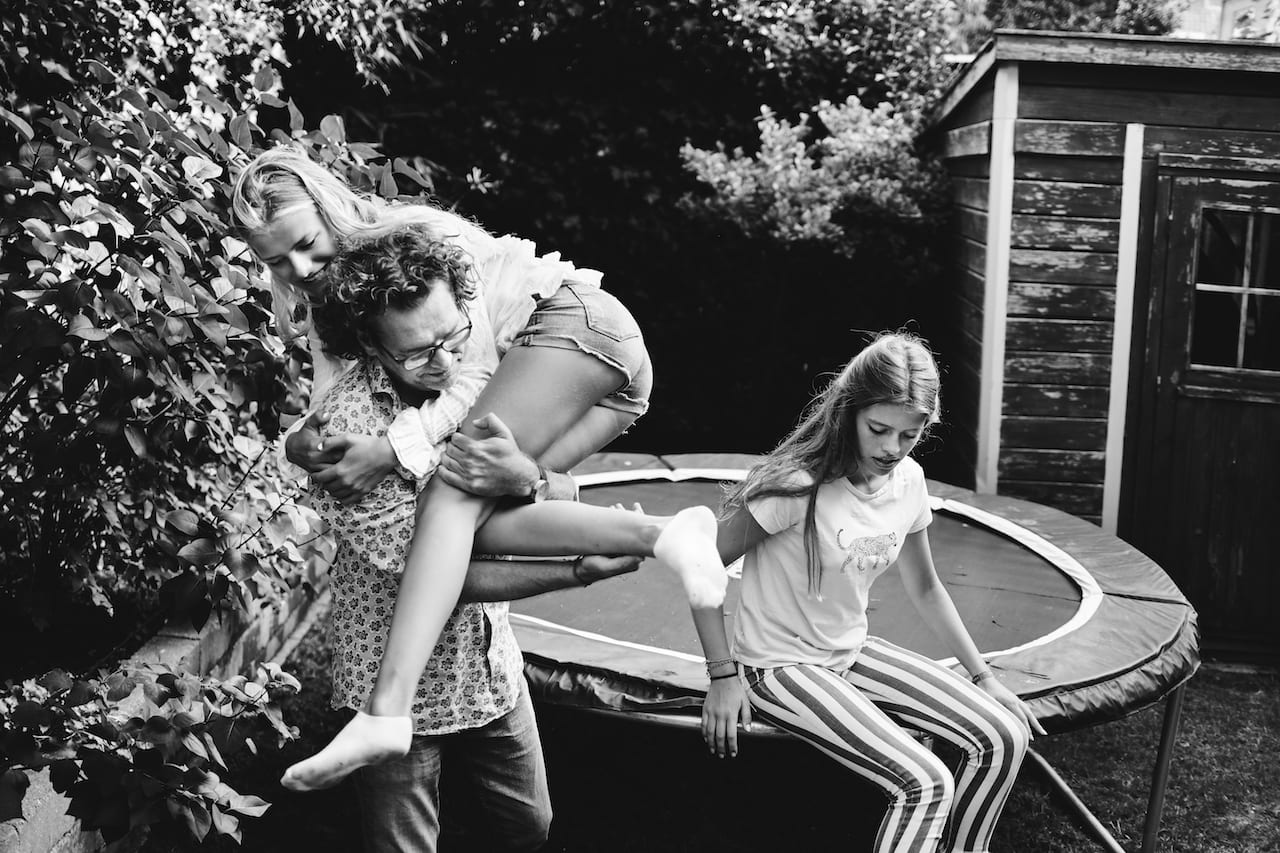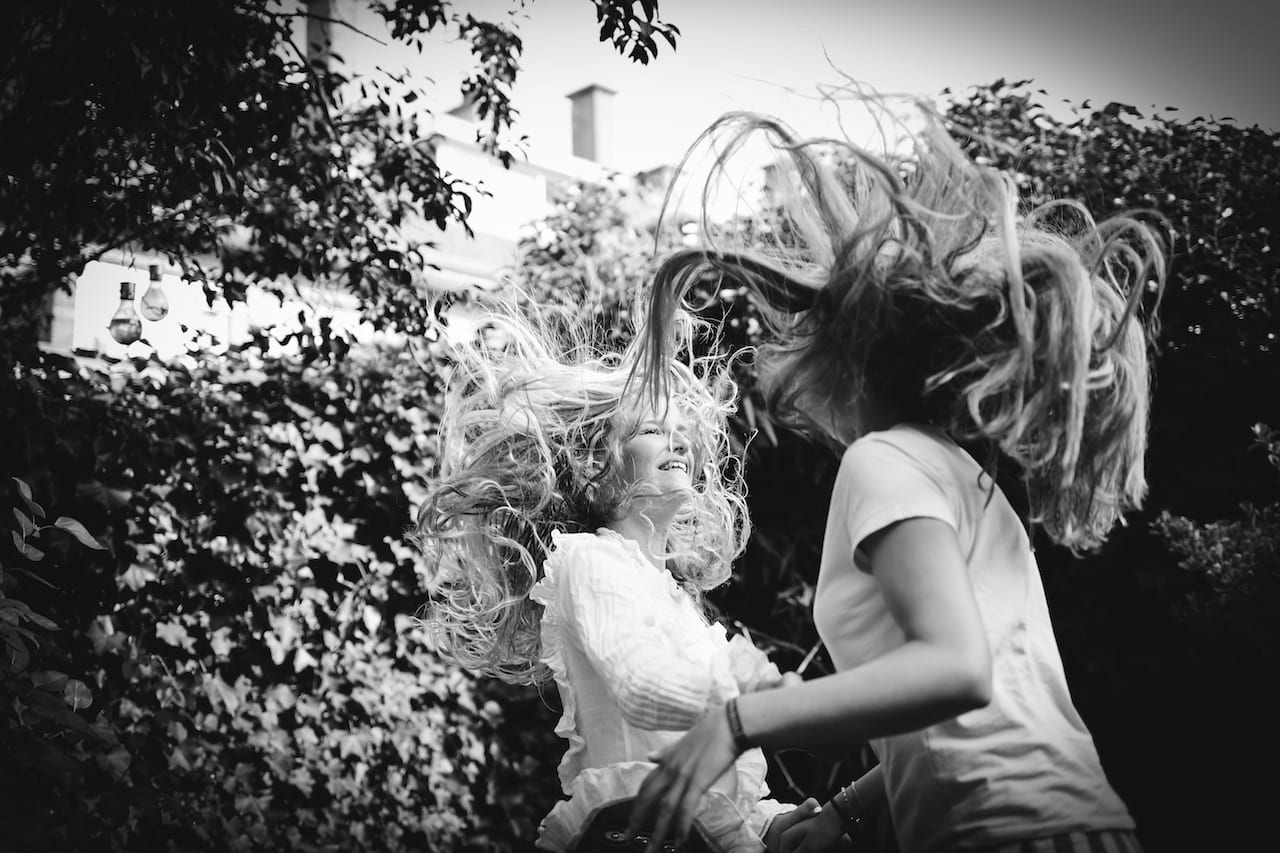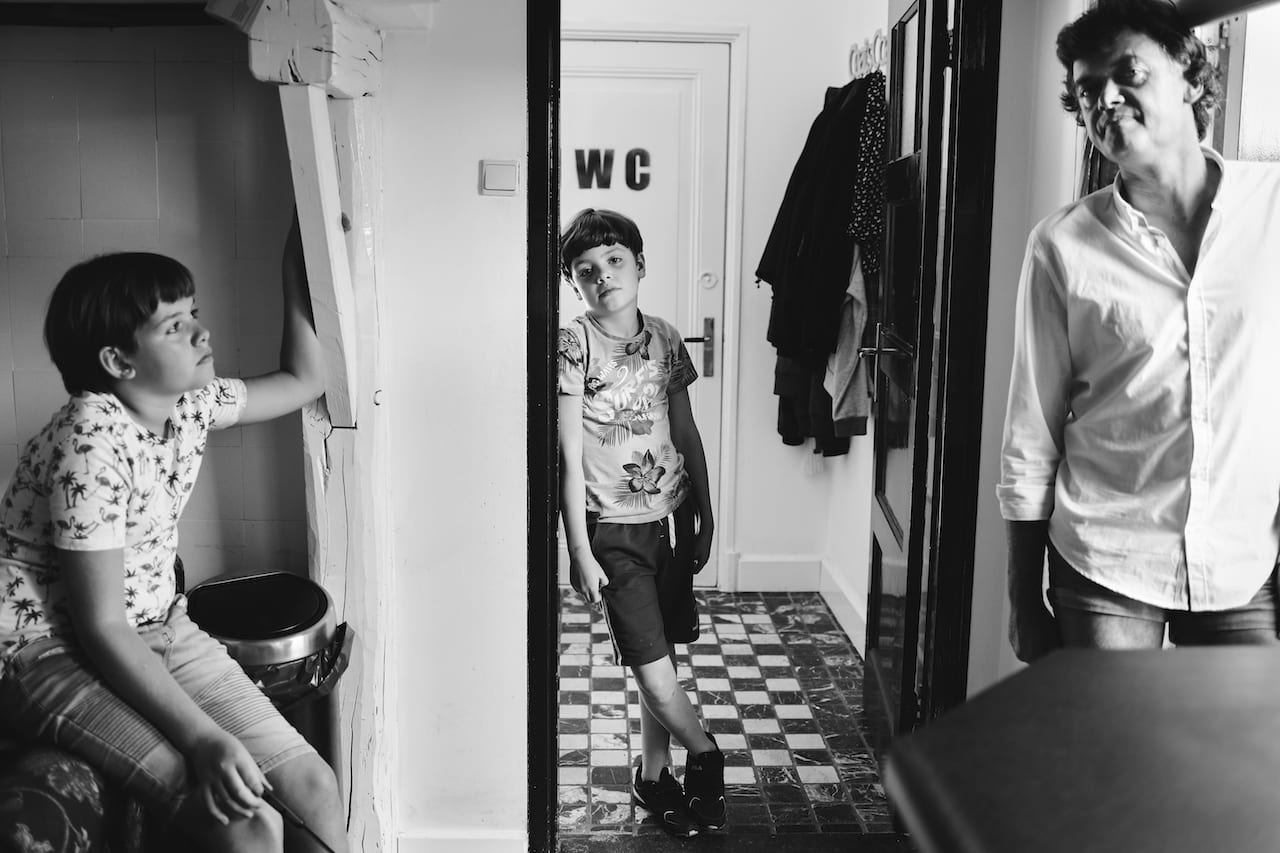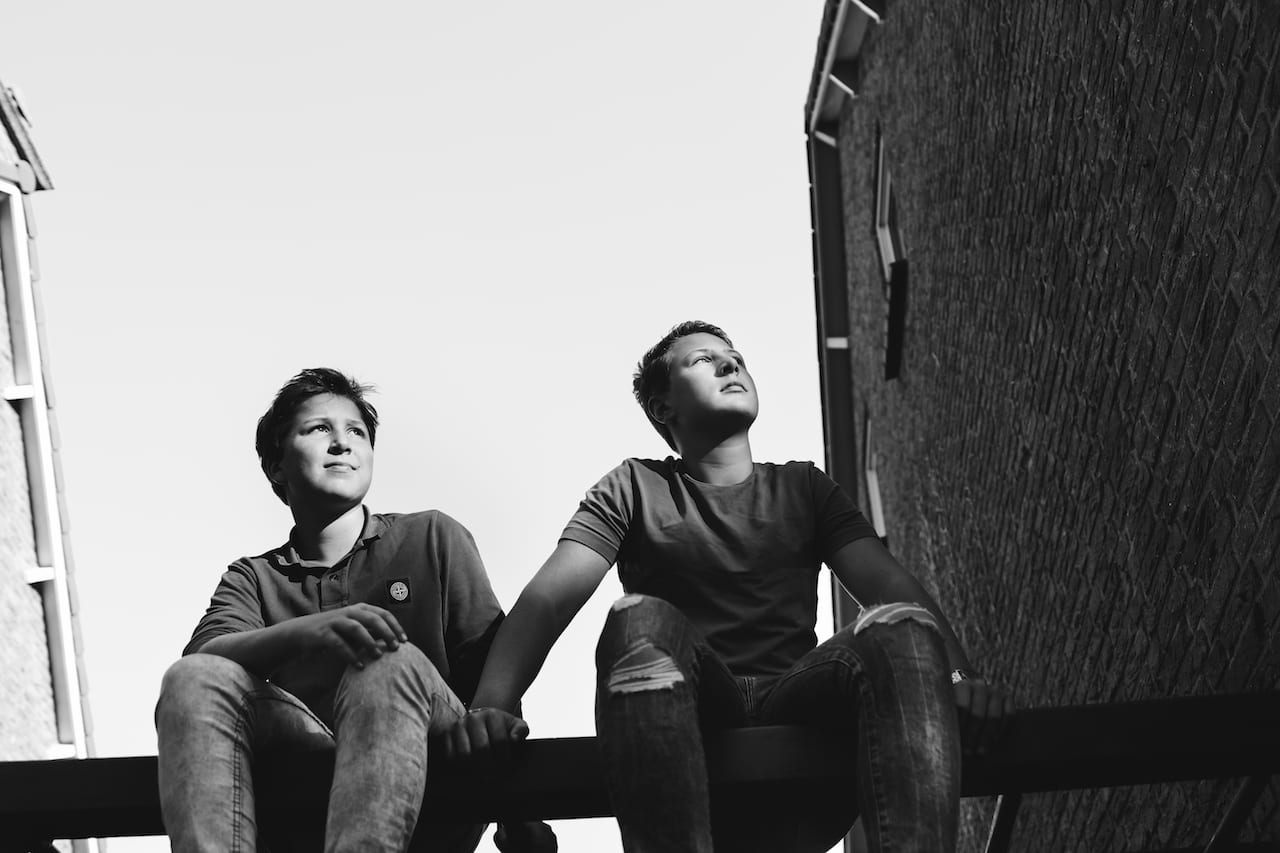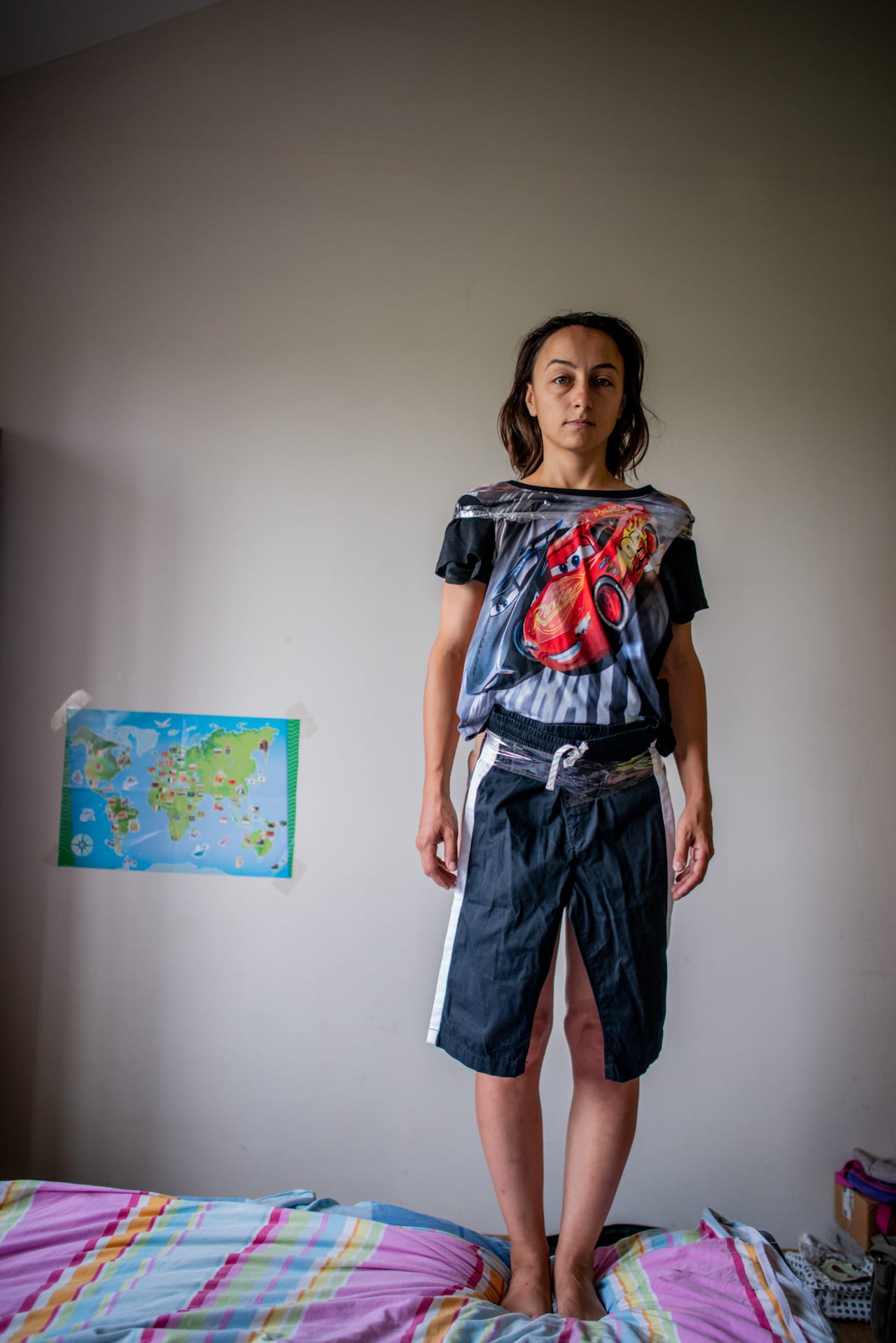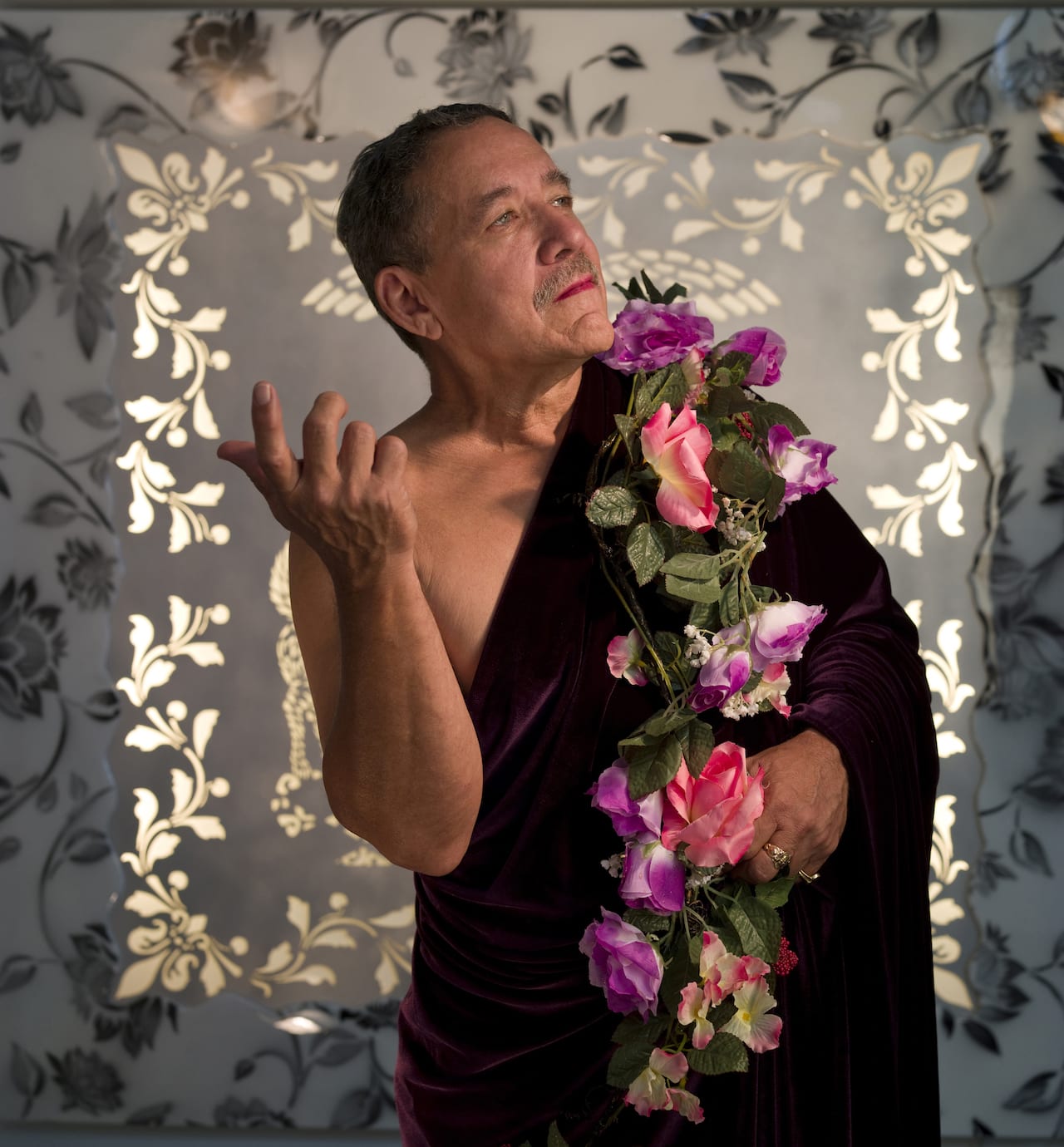Last year, VII Photo Agency invited six women to join its collective. With seven female members in total, “the seven of VII” quickly became a phrase that stuck. After numerous email exchanges, and a big discussion at the annual general meeting in Barcelona in March, the seven of VII are now staging a group exhibition together – Her Take: (Re)thinking Masculinity, which opens at Photoville in Brooklyn, New York on 13 September.
The exhibition is made up of seven separate projects, each exploring the topic of masculinity. “The exhibition is a conversation, and it’s a conversation that we want to have with both women and men,” explains Sara Terry, whose project recreates Manet’s famous painting, Le Déjeuner sur l’herbe, with a naked man replacing the female nude.
The space at Photoville is a 40ft long, 8ft wide shipping container. Its inside walls will be painted in an earthy red, leading to a velvet settee along the back wall, under which Terry’s photograph will hang on a 4ft wide aluminum sheet. “Each project will be lit separately, with strips of fairy lights to add extra lighting inside,” Terry explains. “We wanted to make a really elegant setting for it, one that would be a thoughtful space.”
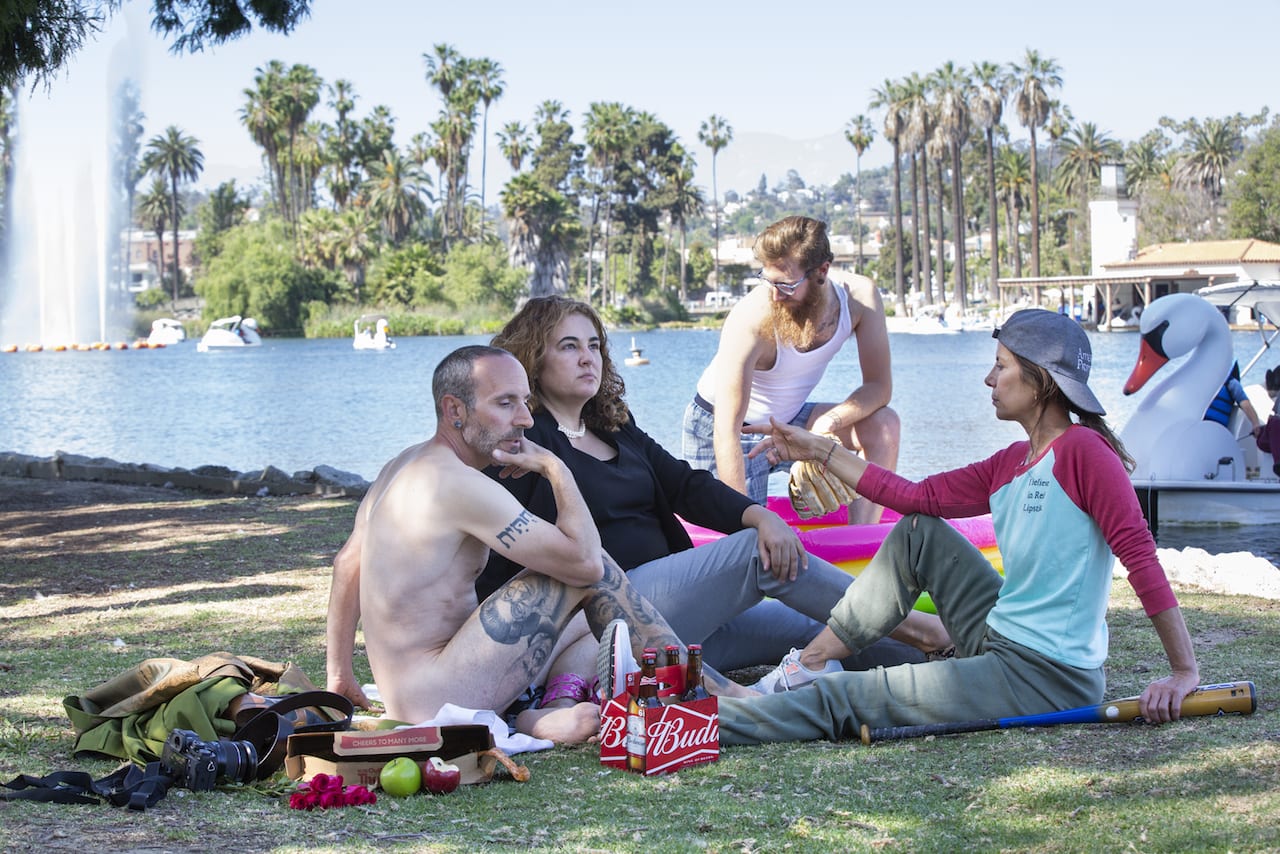
Like some of the other photographers in the exhibition, this is Terry’s first conceptual project. It enters into discussions about the female nude and male gaze – which have been heavily questioned in the fine art world – and rethinks these theories in terms of contemporary debates. “My work is in response to questions about gender and power, which is what #metoo is all about,” Terry explains. “It’s not gender-specific that you can abuse somebody, it’s power-specific.”
For Terry, what’s important is not what their work is saying about masculinity, but the conversations that it will ignite. “I hope our exhibition encourages men to critique masculinity. I think there are important conversations, particularly in the #metoo movement, to be had that we haven’t had yet,” she adds.
The exhibition arrives after several allegations within the photojournalism industry over the past year, of sexual harassment and gender bias. For the seven women working on this exhibition, the most shocking of these allegations was against one of VII’s founding members, Antonin Kratochvil, made in an article written by Kristen Chick for the Columbia Journalism Review in July.
Currently an estimated 15% of news photographers are women, and many people – including Lars Boering of World Press Photo – have spoken out about a macho culture within the industry. But many photo agencies, including VII and Magnum, are now enforcing practices to create safer and more inclusive environments, and as VII’s Nichole Sobecki points out, there is no better time than now for them to assert the authority of a woman’s ways of seeing.

Each photographer in the exhibition has considered masculinity differently and, says Terry, “not one of us is repetitive of each other, we all have very distinct approaches”. Jessica Dimmock will exhibit six portraits of senior transgender women who lived their lives as men, forced into hide their femininity, for example, while Linda Bournane Engelberth explores the world of people who identity as non-binary. Ilvy Nijokiktjien looks at the lives of four widowers and the challenges that their families have faced without a mother and wife, and Maggie Steber explores the male mystique by photographing men with flowers.
But though they are separate projects, the photographers say they benefitted from their collaborative discussions. Anush Babajanyan photographed herself wearing the clothes of men who have impacted her life, for example – an idea that originated from a suggestion made by Maggie Steber, but which ended up being a very personal project. “It was a process of looking back, and it was very emotional,” she says. “By dressing myself in their clothes, that image symbolises my search in the attempt of understanding them and putting myself in their shoes.”
Babajanyan’s portraits are accompanied by captions about how each man impacted her life – but they don’t reveal who they are, because it became too personal, she says. “It’s not the fact of who it is that makes a difference, it’s the feeling and the impression that this relationship has left on me.”
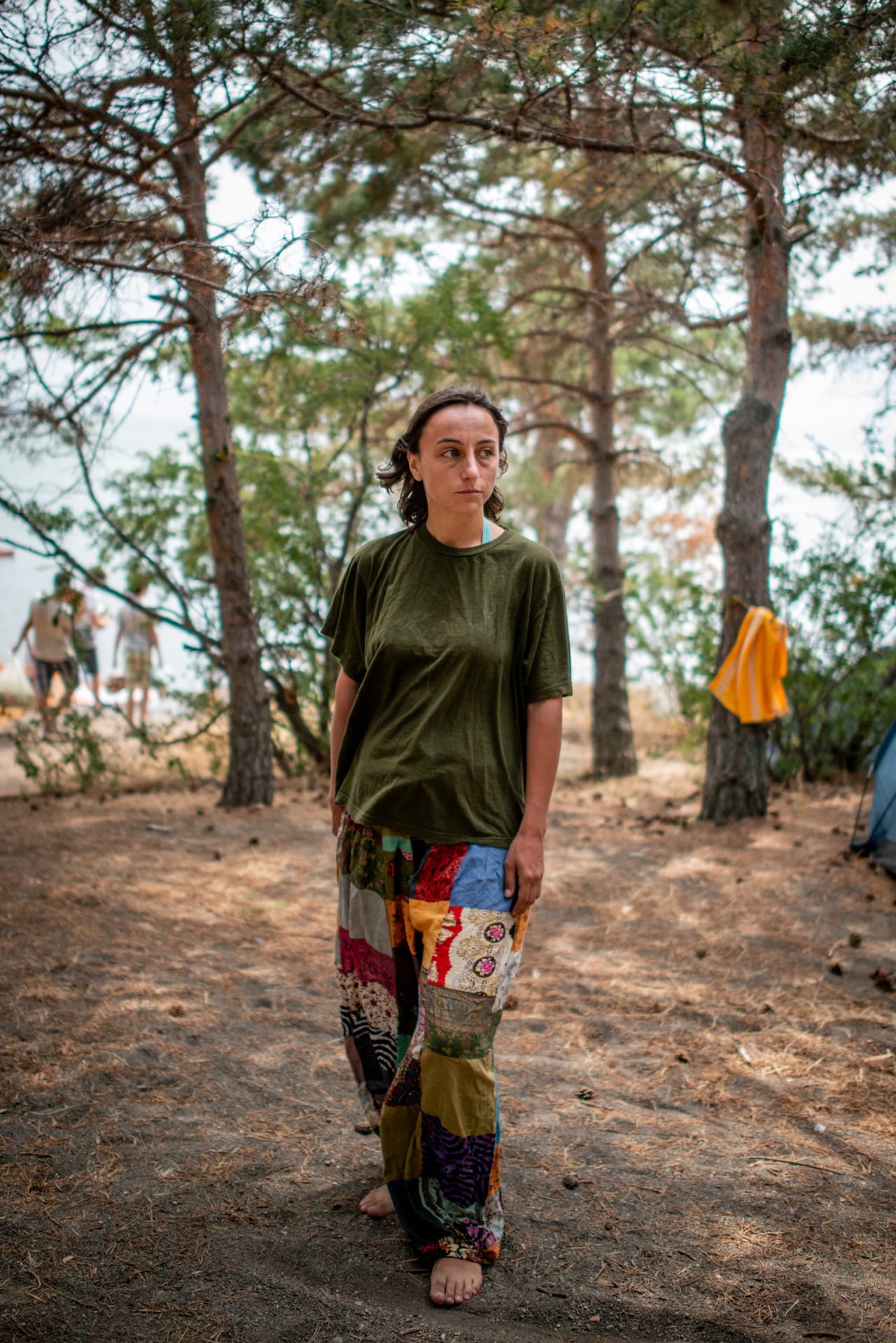
Captions are important for other projects in the exhibition too. Nichole Sobecki, whose project is about the evolving ideas of manhood in Africa, had her subjects write their own captions, for example. This allowed the photographers to curate a space in which their subjects’ voices and stories could be heard, she says.
After living in Nairobi, Kenya for the last seven years, Sobeki saw this exhibiton as an opportunity to bring to light the changes she sees in her community everyday. The project, afriMAN, is a collaboration with Nairobi-based artists Fitsum Berhe Woldelibanos and Zelalem Mulat Teklewold. “Understandings of manhood on the continent are evolving, and while tradition remains strong in many ways, expectations are being subverted by individuals on a daily basis,” says Sobecki.
Sobecki began each shoot by sitting down with the men and discussing their perspectives on masculinity. “Something that felt important to me in this exhibit, and that I think I see echoed in the work of the other photographers contributing to this exhibit – and women more broadly – is that there is a drive to listen first, to really be sensitive, to see yourself as a conduit to sharing someone else’s story,” she says.
afriMAN includes portraits of a male ballet dancer, a gay Kenyan man who has faced challenges due to attitudes towards homosexuality on the continent, and a father whose ideas of manhood and fatherhood are so different to that of his own parents. “What became very clear in these conversations was the fact that their understanding of their own identity and how they choose to define themselves was very different from previous generations,” says Sobecki. “Understandings of manhood on the continent are evolving and while tradition remains strong in many ways, expectations are being subverted by individuals on a daily basis.”
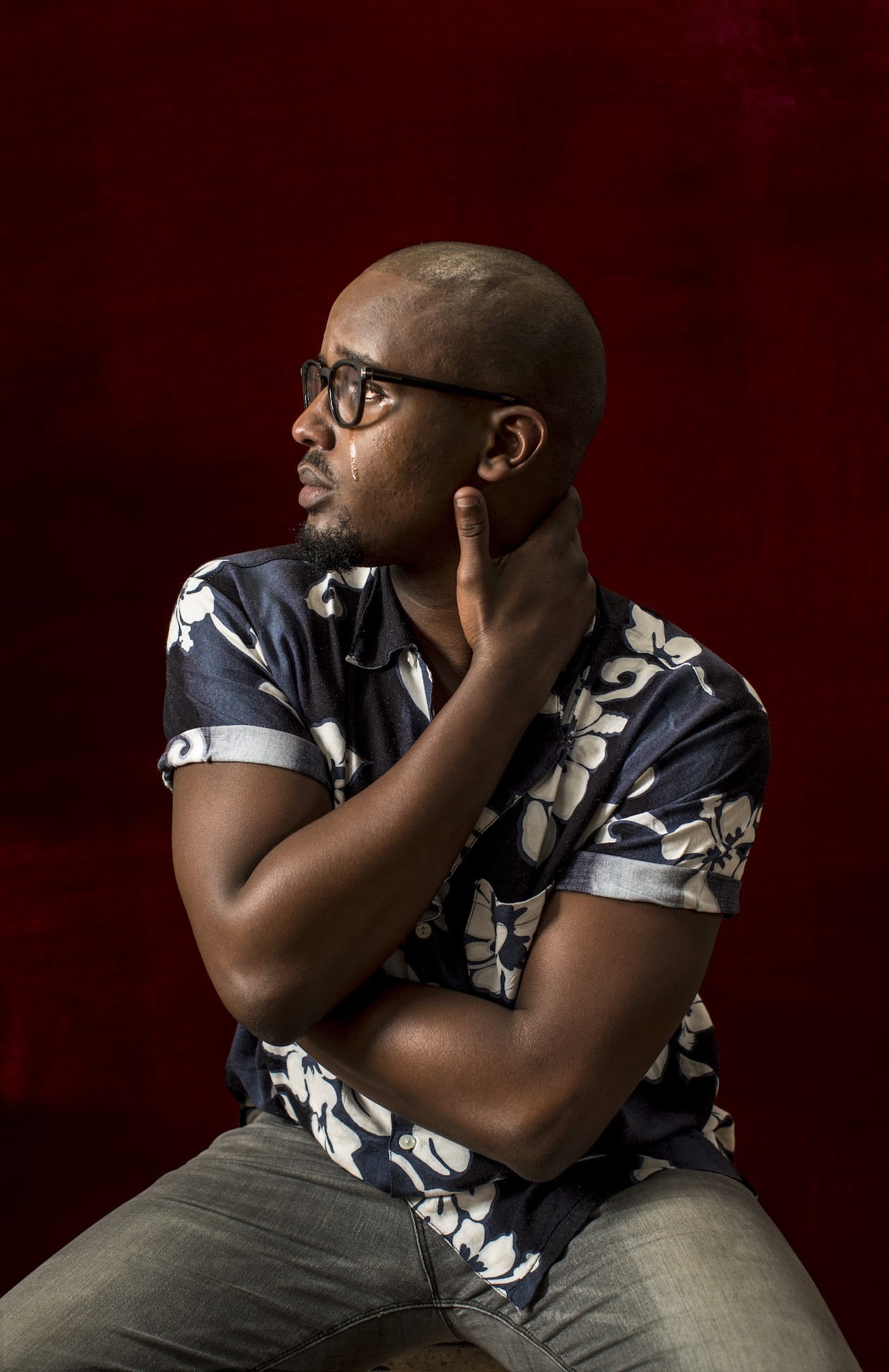
Last year, 90,000 people attended Photoville in New York. This year, over 600 artists will be showing their work in over 90 exhibitions, all set in shipping containers sprawled out underneath Brooklyn Bridge, free to the public. “One thing I love about it is that it’s very much a celebration of photography for the public,” says Sobecki. “Ultimately, we don’t want to be creating our work in a bubble, we want to be sharing it with the wide world, and this is an amazing opportunity to do that.”
The group plan to exhibit the show worldwide, and currently have one more location confirmed – the 2020 Photoforum Pasquart, in Biel, Switzerland. For Terry, the space at Photoville is important for the conversations it will hopefully ignite. “We want you to experience it as an installation, an art project, because we feel that the issues and the work is important,” she says.
“We just wanted to create an elegant space, which in its own way is also a really feminine space. We’re bringing to it the gravitas that a museum would, where it’s traditionally men that are making the decisions, and we’re claiming that space as ours.”
https://viiphoto.com/event/take-rethinking-masculinity/ Her Take: (Re)thinking Masculinity will be exhibited at Photoville from September 13-16 & 20-23
